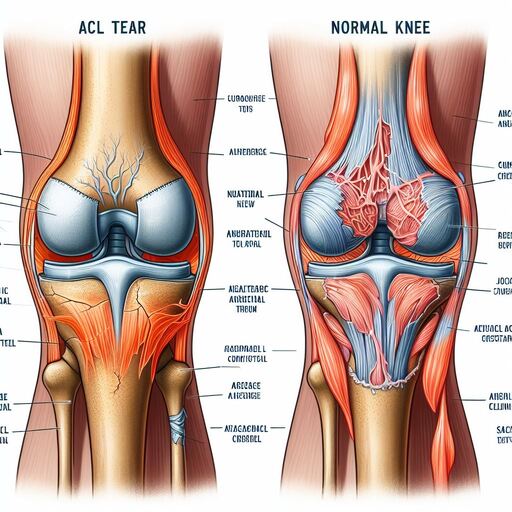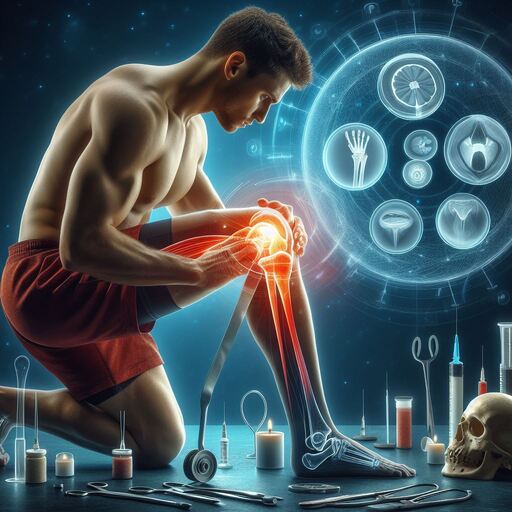From Diagnosis to Rehabilitation A Guide to Recovering from an ACL Tear
From Diagnosis to Rehabilitation A Guide to Recovering from an ACL Tear
An anterior cruciate ligament (ACL) tear is a common knee injury that can occur due to a variety of factors. While the recovery process for an ACL tear may take several months, with proper diagnosis, treatment, and rehabilitation, individuals can return to their normal activities sooner and with greater ease. Here are some key steps to follow from diagnosis to rehabilitation:
1. Seek medical attention: If you suspect an ACL tear, it’s important to seek medical attention as soon as possible. This will involve a physical examination by a healthcare provider to determine the severity of the injury and develop an appropriate treatment plan.
2. Rest and recovery: After diagnosis, it’s important to follow your healthcare provider’s instructions for rest and recovery. This may include using crutches or a knee brace to support the knee joint while you heal. You may also need to avoid certain activities that put strain on the knee joint, such as running or jumping.
3. Physical therapy: Physical therapy is an essential part of the rehabilitation process for an ACL tear. It can help improve mobility, strength, and stability in the knee joint. Your healthcare provider may refer you to a physical therapist who can develop an individualized rehabilitation program tailored to your specific needs.
4. Pain management: Pain is a common symptom of an ACL tear, and it’s important to manage pain effectively to promote healing and recovery. This may involve using over-the-counter pain relievers or prescription medication as recommended by your healthcare provider.
5. Surgical intervention: For some ACL tears, surgery may be necessary to restore stability and mobility to the knee joint. Your healthcare provider will discuss the risks and benefits of surgical intervention and help you determine if it’s the right option for you.
6. Return to activities: Once your healthcare provider determines that you are ready to return to activities, it’s important to gradually reintroduce physical activity into your routine. This may involve starting with low-impact activities such as swimming or cycling and gradually increasing intensity and duration over time.
From Diagnosis to Rehabilitation A Guide to Recovering from an ACL Tear
In conclusion, recovering from an ACL tear requires a comprehensive approach that includes diagnosis, treatment, and rehabilitation. By following the steps outlined above, individuals can return to their normal activities sooner and with greater ease, reducing the risk of long-term complications and improving overall quality of life.
From Diagnosis to Rehabilitation A Guide to Recovering from an ACL Tear

